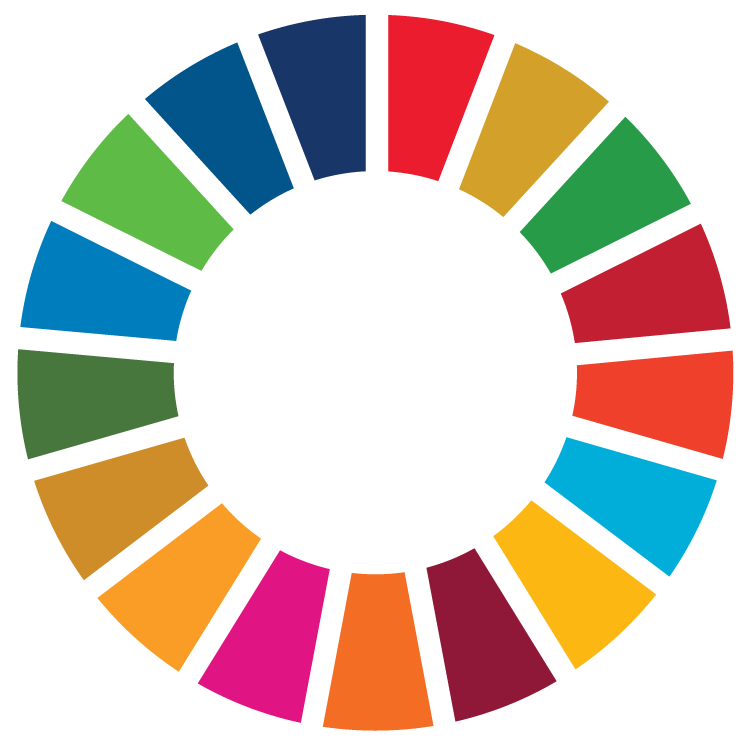The African continent is navigating an era of rapid transformation; with a population of over 1.5 billion which is expected to double; making it one of the fastest-growing regions in the world. Urbanization is also accelerating, with cities like Nairobi and Kampala expanding at over 4% per year. However, mobility solutions have not kept pace, leading to critical challenges. While 1 billion people walk or cycle every day as their main mode of transport in Africa, less than 10% of urban road space is safe for pedestrians and cyclists, leaving these vulnerable road users exposed to significant risk. Whilst motorization rates in the region are surging, growing at approximately 6% annually. This rapid increase contributes to severe congestion, with average travel speeds in Nairobi, for instance, dropping to under 20 km/h during peak hours. This congestion intensifies air pollution, resulting in more than 1.1 million premature deaths across the continent every year due to ambient air quality degradation. Meanwhile, road safety remains a pressing concern; sub-Saharan Africa experiences the highest rate of road traffic fatalities globally, at 27.5 per 100,000 people, more than double the global average. These trends underscore the urgency to reimagine the urban mobility landscape.
United Nations Environment Programme
- Who we are
- Where we work
-
What we do
- Air quality
- Biosafety
- Cities
- Digital Transformations
- Disasters and conflicts
- Energy
- Environment under review
- Environmental law and governance
- Extractives
- Food Systems
- Forests
- Fresh Water
- Gender
- Green economy
- Ocean, seas and coasts
- Resource efficiency
- Sustainable Development Goals
- Transport
- Youth, education and environment
- Publications & data


